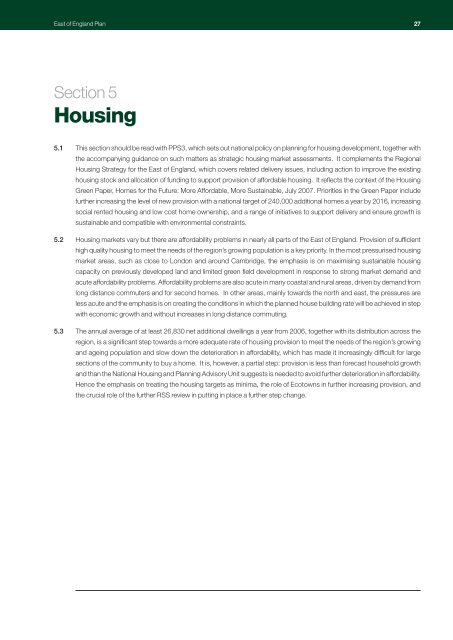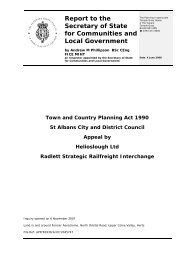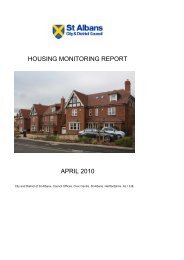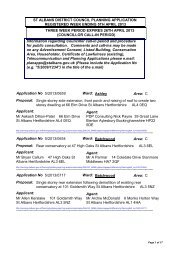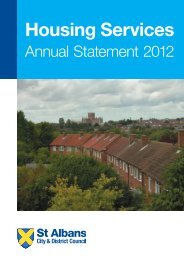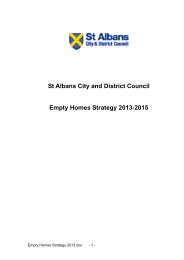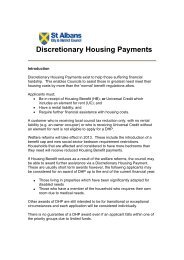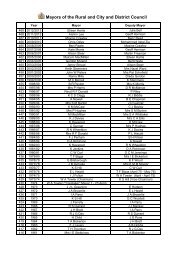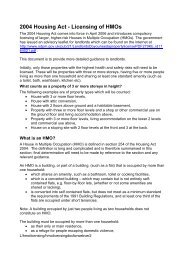RSS East Of England Plan - Broads Authority
RSS East Of England Plan - Broads Authority
RSS East Of England Plan - Broads Authority
You also want an ePaper? Increase the reach of your titles
YUMPU automatically turns print PDFs into web optimized ePapers that Google loves.
<strong>East</strong> of <strong>England</strong> <strong>Plan</strong> 27<br />
Section 5<br />
Housing<br />
5.1 This section should be read with PPS3, which sets out national policy on planning for housing development, together with<br />
the accompanying guidance on such matters as strategic housing market assessments. It complements the Regional<br />
Housing Strategy for the <strong>East</strong> of <strong>England</strong>, which covers related delivery issues, including action to improve the existing<br />
housing stock and allocation of funding to support provision of affordable housing. It reflects the context of the Housing<br />
Green Paper, Homes for the Future: More Affordable, More Sustainable, July 2007. Priorities in the Green Paper include<br />
further increasing the level of new provision with a national target of 240,000 additional homes a year by 2016, increasing<br />
social rented housing and low cost home ownership, and a range of initiatives to support delivery and ensure growth is<br />
sustainable and compatible with environmental constraints.<br />
5.2 Housing markets vary but there are affordability problems in nearly all parts of the <strong>East</strong> of <strong>England</strong>. Provision of sufficient<br />
high quality housing to meet the needs of the region’s growing population is a key priority. In the most pressurised housing<br />
market areas, such as close to London and around Cambridge, the emphasis is on maximising sustainable housing<br />
capacity on previously developed land and limited green field development in response to strong market demand and<br />
acute affordability problems. Affordability problems are also acute in many coastal and rural areas, driven by demand from<br />
long distance commuters and for second homes. In other areas, mainly towards the north and east, the pressures are<br />
less acute and the emphasis is on creating the conditions in which the planned house building rate will be achieved in step<br />
with economic growth and without increases in long distance commuting.<br />
5.3 The annual average of at least 26,830 net additional dwellings a year from 2006, together with its distribution across the<br />
region, is a significant step towards a more adequate rate of housing provision to meet the needs of the region’s growing<br />
and ageing population and slow down the deterioration in affordability, which has made it increasingly difficult for large<br />
sections of the community to buy a home. It is, however, a partial step: provision is less than forecast household growth<br />
and than the National Housing and <strong>Plan</strong>ning Advisory Unit suggests is needed to avoid further deterioration in affordability.<br />
Hence the emphasis on treating the housing targets as minima, the role of Ecotowns in further increasing provision, and<br />
the crucial role of the further <strong>RSS</strong> review in putting in place a further step change.


